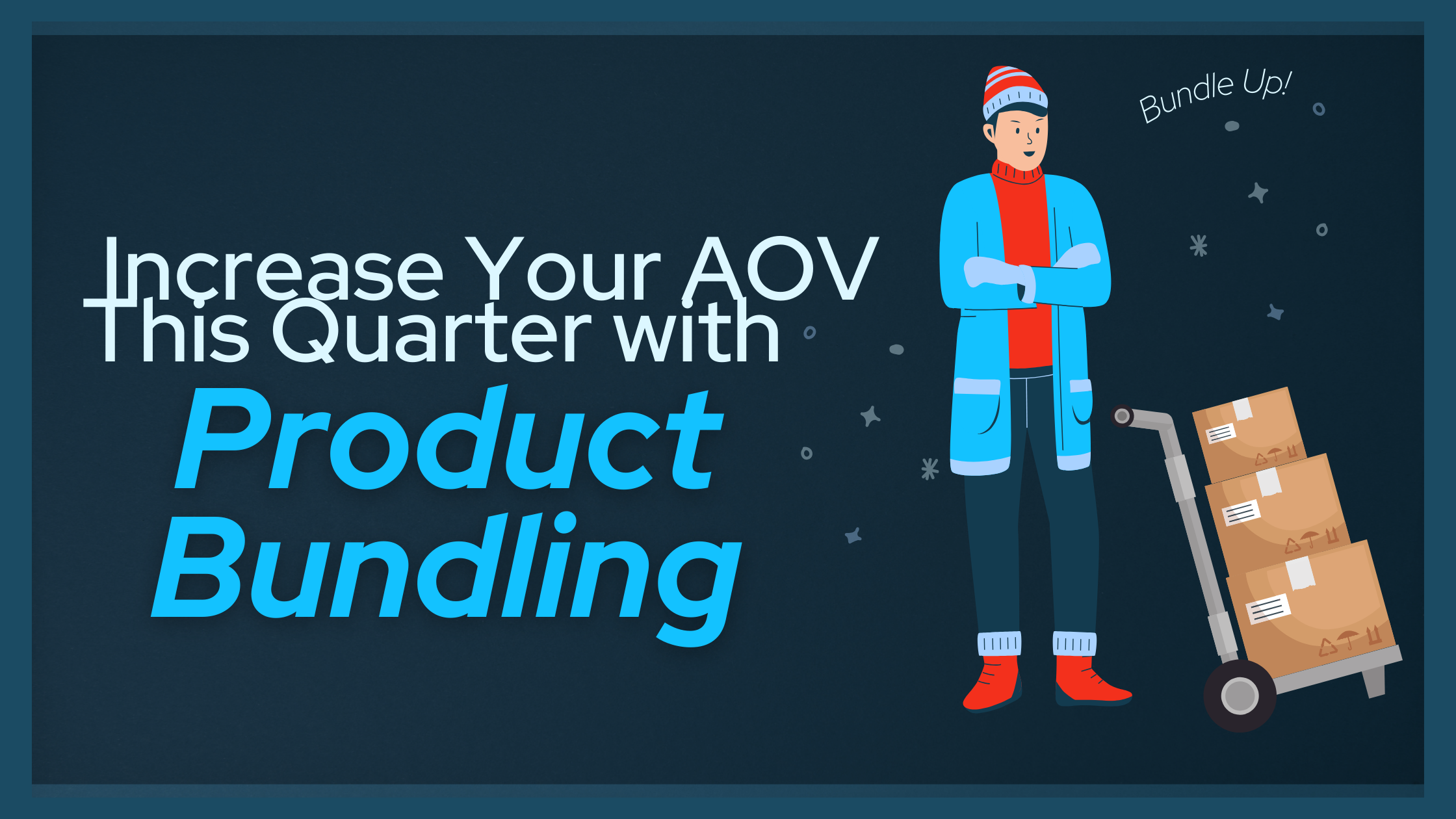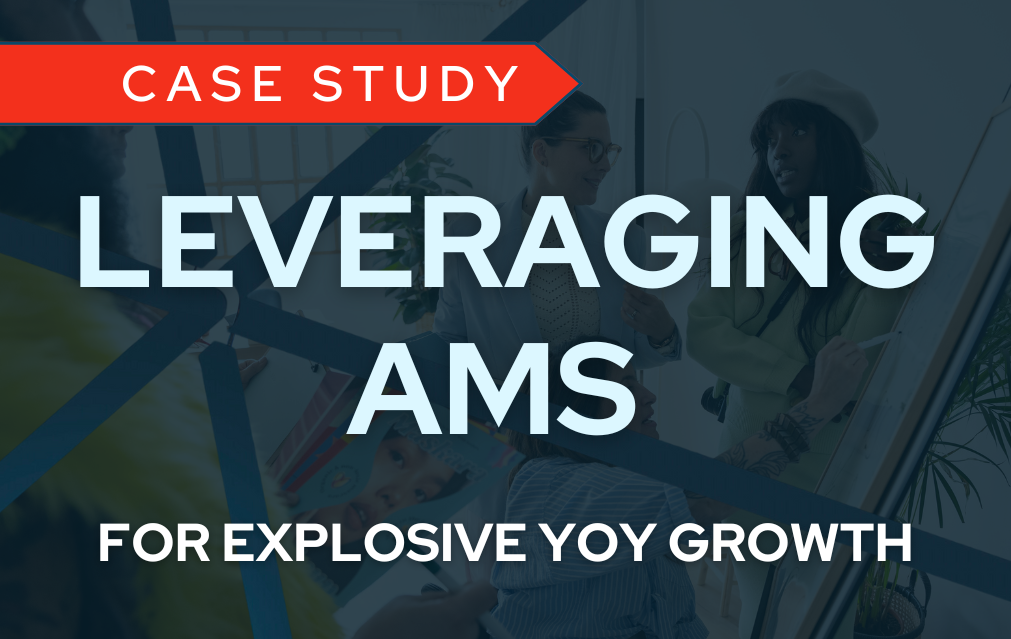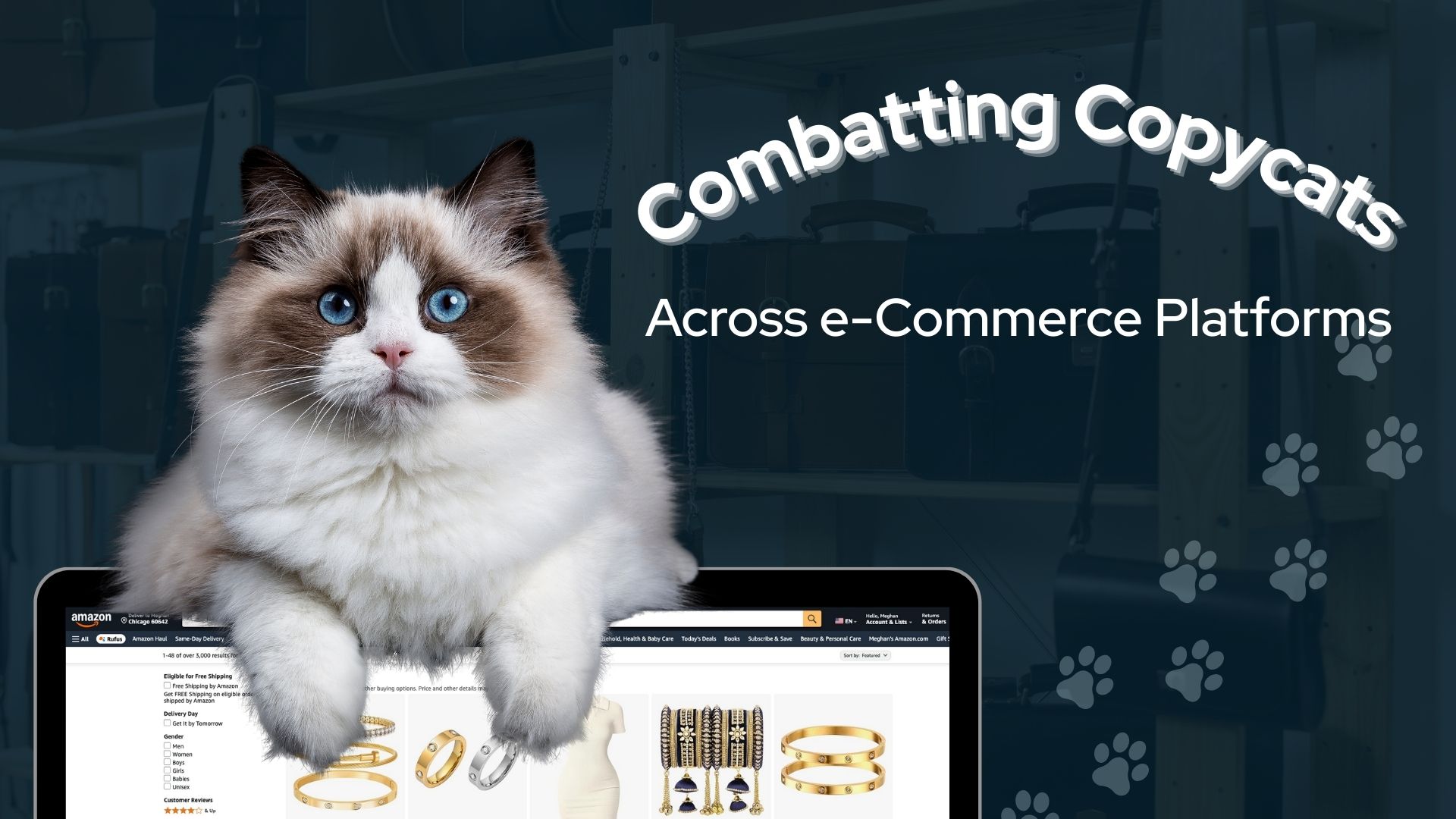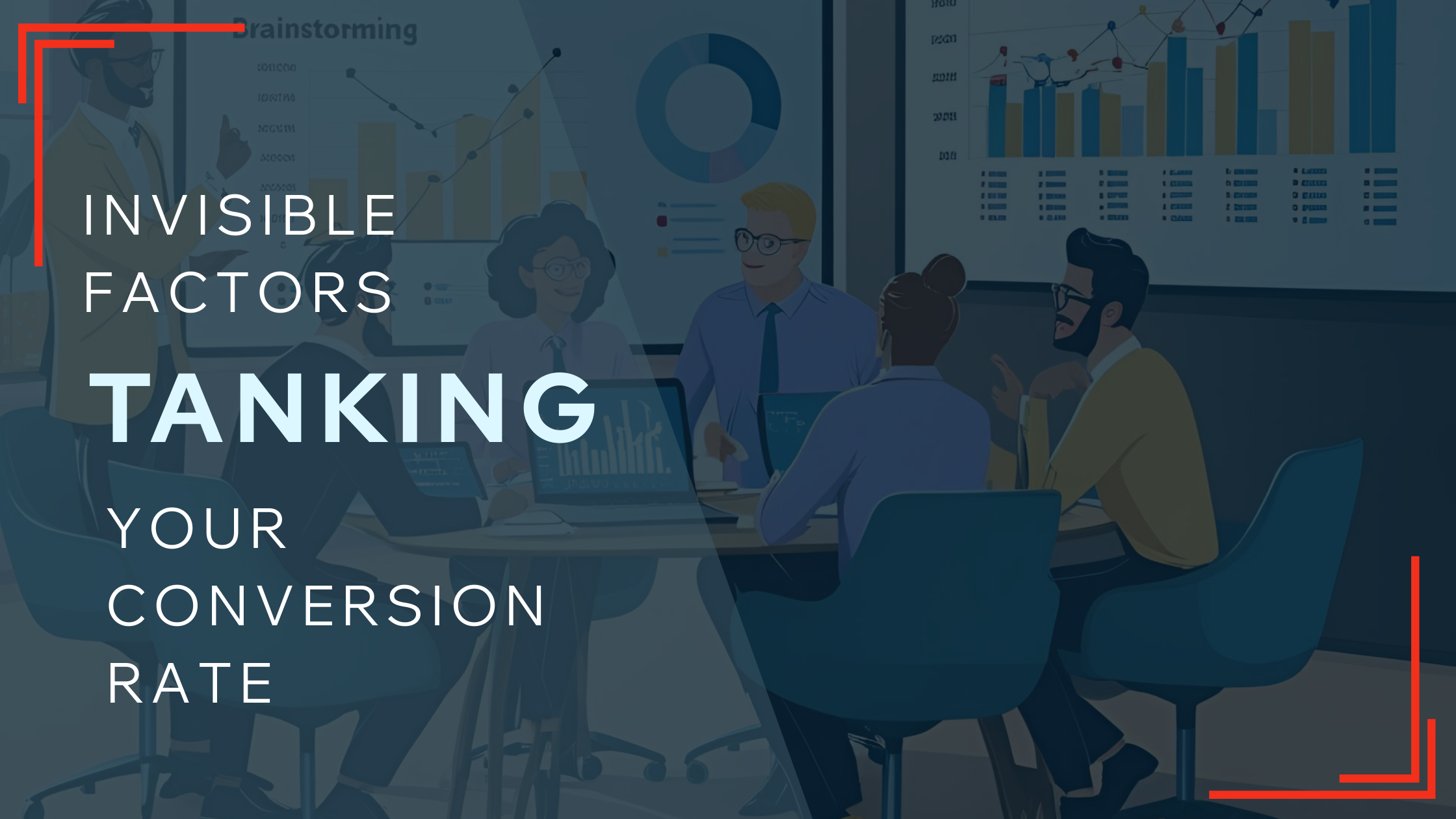A social marketing expert and "outside of the box" kind of thinker who loves brainstorm sessions on what makes a brand unique against competitors.

Why Product Bundling is a Game-Changer for Your Business
Product bundling is one of the most effective ways to boost your Average Order Value (AOV) while enhancing the customer experience. By strategically grouping complementary products together, businesses can increase sales, reduce marketing costs, and provide greater value to customers.
But bundling isn’t just about grouping products randomly—it’s backed by consumer psychology and data-driven insights. Let’s break down the science of product bundling and how you can use it to maximize your AOV this quarter.
The Psychology Behind Product Bundling
Customers love convenience and perceived savings. Bundling taps into these key psychological principles:
1️⃣ The Power of Perceived Value
Consumers are more likely to buy when they feel they’re getting a deal. Thus, Bundles create an impression of cost savings, even if the actual discount is minimal. Studies show that customers view bundled products as a better deal than buying items separately, even when the price difference is small (Omnia Retail).
Example: A customer may hesitate to buy a $40 shampoo and a $30 conditioner separately, but a “Hair Care Essentials Bundle” for $65 feels like a steal.
2️⃣ The “One-Click” Decision Advantage
Bundling simplifies decision-making. In other words, instead of of comparing multiple options, customers see a pre-selected package and opt for the easiest choice. Research shows that reducing decision fatigue can lead to increased conversions (SearchSpring).
Example: A gaming brand offering a console + extra controller + popular game bundle helps buyers feel confident they have everything they need in one purchase.
3️⃣ The Commitment Bias
Once a customer is committed to buying one item, they are more likely to add on complementary products. Bundling leverages this by suggesting related items that enhance the original purchase (Neuroscience Marketing).
For example, a coffee brand selling a bag of premium coffee beans + a branded mug + a coffee grinder plays into the idea that the customer will get a full experience rather than just one product.
Types of Product Bundling That Increase AOV
🔥 1. Pure Bundling (Exclusive Deals)
These are pre-packaged, must-buy bundles where products are not sold separately.
✅ Best for: Subscription boxes, gift sets, or limited-edition releases.
Example: A skincare brand offering a “Winter Hydration Set” with exclusive products only available in the bundle.
🔥 2. Mixed Bundling (Flexible Choices)
Customers can buy items separately or as a bundle, with the bundle offering a better deal.
✅ Best for: eCommerce stores, beauty, electronics, and apparel brands.
Example: An online electronics store selling a laptop for $999, but offering a “Laptop + Wireless Mouse + Carrying Case” bundle for $1,049—a perceived savings of $30 (Omnia Retail).
🔥 3. Cross-Selling Bundles (Frequently Bought Together)
Suggesting complementary items at checkout boosts order value.
✅ Best for: Amazon sellers, DTC brands, and online marketplaces.
Example: A fitness brand recommending a set of resistance bands when a customer buys a yoga mat (Salesforce).
🔥 4. Tiered Bundling (Value Stacking)
Creating small, medium, and premium bundle options increases sales by offering good, better, and best pricing strategies.
✅ Best for: SaaS businesses, coaching programs, or digital products.
Example: A marketing agency selling:
- Basic Package ($99) – 1 social media audit
- Growth Package ($199) – Audit + strategy call
- Elite Package ($499) – Audit + strategy call + full content plan
How to Implement Product Bundling Successfully
✅ 1. Use Data to Identify High-Converting Bundles
Look at your sales data and identify products frequently bought together. Leverage Amazon’s “Frequently Bought Together” insights or your eCommerce store analytics (Omnia Retail).
✅ 2. Highlight Cost Savings Clearly
Use pricing psychology to make the deal irresistible. “Buy more, save more” messaging works well to drive conversions (SearchSpring).
✅ 3. Test & Optimize Bundle Performance
Run A/B tests on different bundling strategies. Try bundling best-selling products vs. slow-moving inventory to see what resonates most (Salesforce).
✅ 4. Promote Bundles in Key Areas
Feature your product bundles on homepage banners, checkout upsells, email marketing campaigns, and social media & PPC ads
✅ 5. Create Urgency with Limited-Time Bundles
Use FOMO tactics to drive quick purchases. “Limited-time offer” or “Only X bundles left” can encourage customers to act fast.
Final Thoughts: Start Bundling to Boost AOV Today
Product bundling is a proven way to increase revenue, improve customer experience, and reduce inventory waste. By understanding consumer psychology and leveraging data-driven bundling strategies, you can significantly boost your Average Order Value (AOV) this quarter.
🚀 Now it’s your turn! Which bundling strategy will you implement first? Let us know in the comments!



